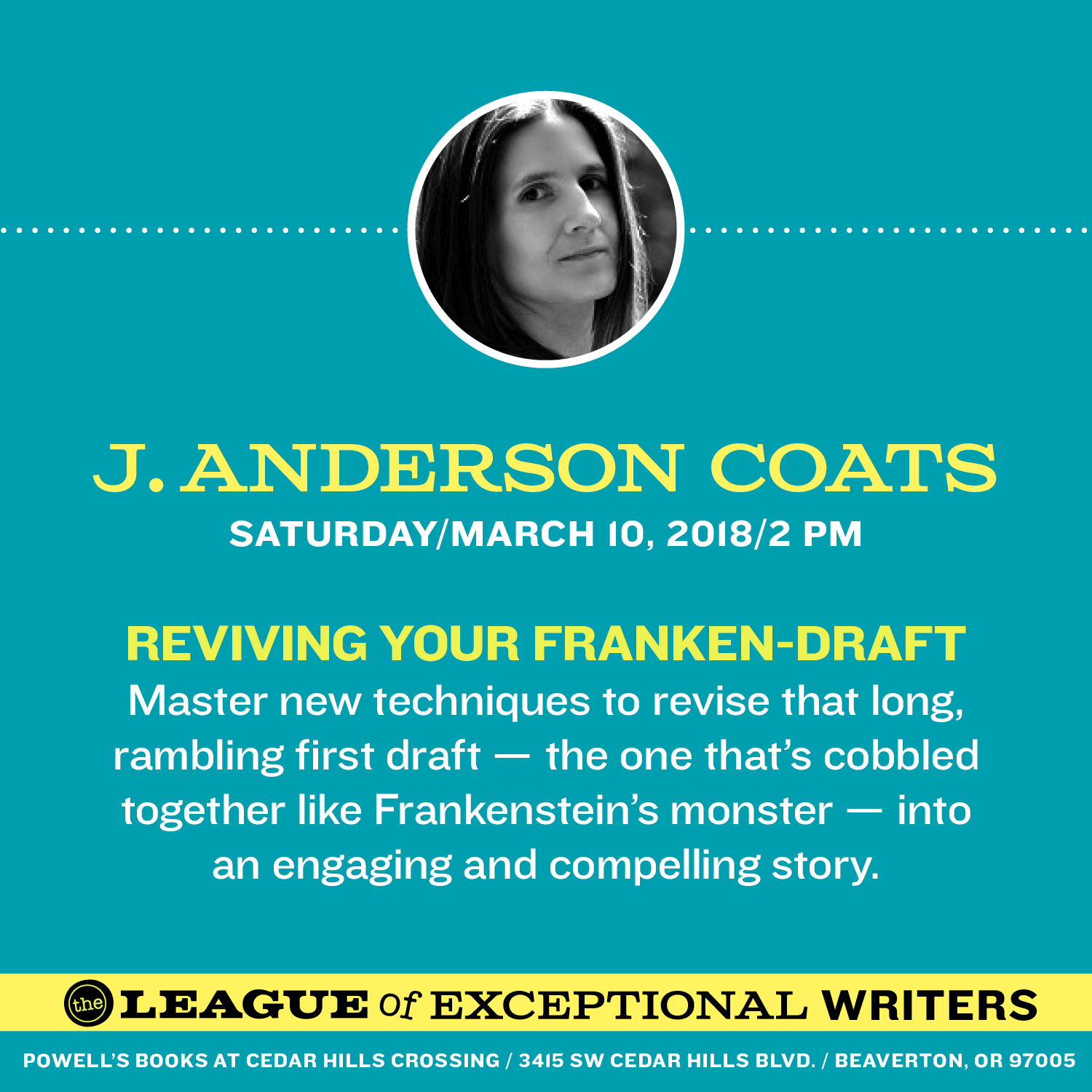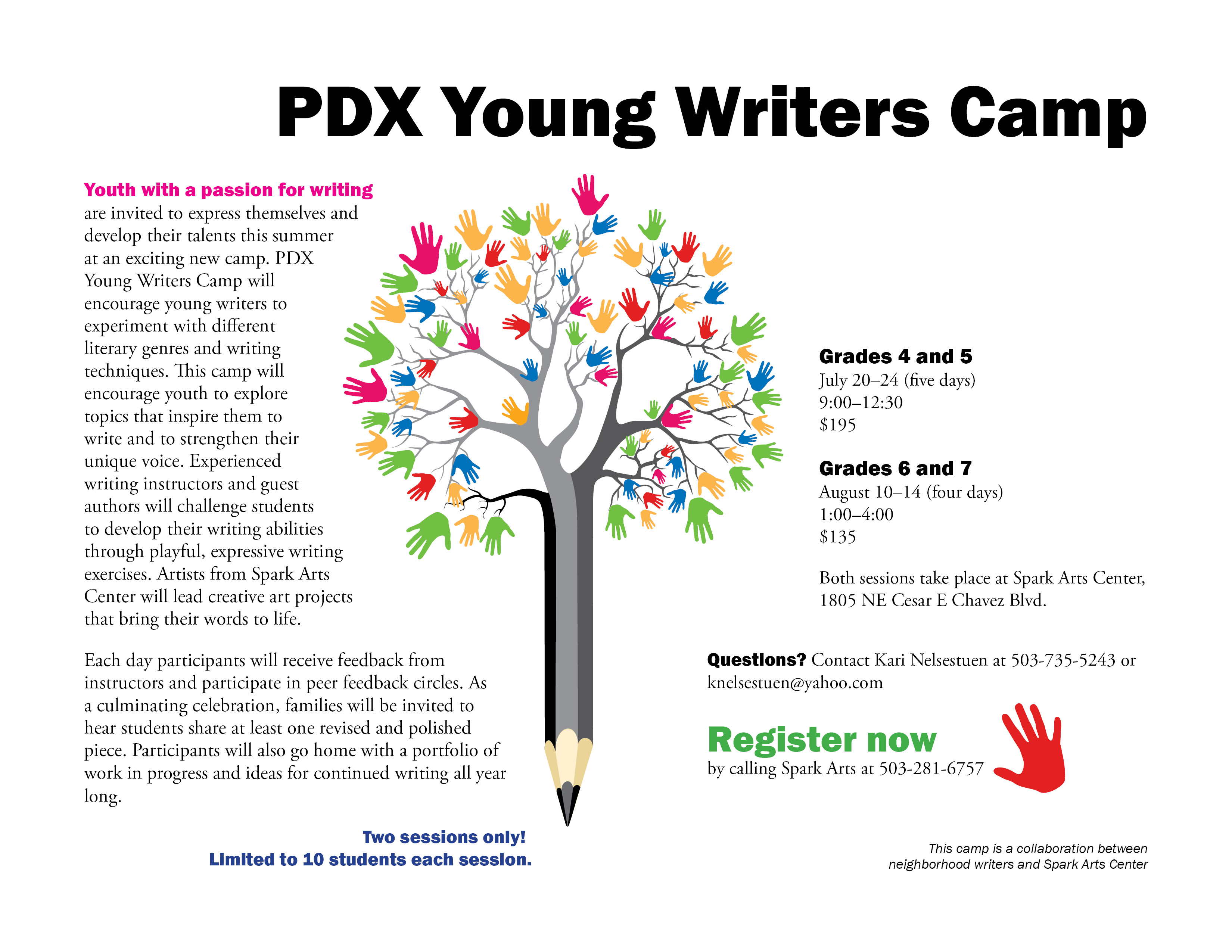I have the wonderful luck to live in a historic home in Portland, Oregon. It’s the best preserved example of a gothic farmhouse in the area, and it has big yard which contains historic fruit trees. We have cherries, walnuts, apples, peaches, plums, and pears. I love working with trees that are probably more than 100 years old and I love having fresh fruit for pies and jams for my family. But to be honest, fruit trees are a lot of work.
 When I’m taking a writing break in the summer I’ll often climb down from my treehouse and get out the old orchard ladder and spend some time on my back yard orchard. Because I don’t spray the fruit, I lose a substantial amount of the harvest to insect or disease damage. The sooner I get those blighted or undersized fruits off the tree the better. And then comes the harder task. I need to pick perfectly good fruit before it’s ripe and throw it away.
When I’m taking a writing break in the summer I’ll often climb down from my treehouse and get out the old orchard ladder and spend some time on my back yard orchard. Because I don’t spray the fruit, I lose a substantial amount of the harvest to insect or disease damage. The sooner I get those blighted or undersized fruits off the tree the better. And then comes the harder task. I need to pick perfectly good fruit before it’s ripe and throw it away.
I know. My inner skin-flint cringes at the waste. But the truth is a tree will put out more fruit than it can ripen in a season. So I will go along the branches looking for clusters of 3 or more peaches, pears or apples and remove one or two from the cluster so that the remaining fruits get enough light and water and energy from the tree to ripen fully. I hate to do it but when I’ve neglected this task I’ve come away with a crop of apples or pears that never fully ripens and the entire harvest is worthless.
I hate to do it but when I’ve neglected this task I’ve come away with a crop of apples or pears that never fully ripens and the entire harvest is worthless.
This year I learned an even harder lesson. I only have 2 peach trees. It’s a challenge to grow peaches in Oregon’s cool climate, so some years I get no peaches at all or less than a dozen. But for some reason this year I got a bumper crop. I love peach pie. Lavender peach jam is a big favorite with my whole family. So I didn’t thin the peaches as aggressively as I should and my peach tree broke under the weight of the crop. The whole tree fell over–a complete loss.
 And what does this have to do with writing? I’ve learned the hard way that just because a section of my story is good and fun and beautiful doesn’t mean it belongs in the book. My first pass in revising is of course like the first pass in orchard tending–get rid of the rotten. Cut what’s not working. I might need the help of my critique group or editor to recognize what’s not working, but once located it’s not hard to ditch spoiled fruit or lackluster prose. The tricky part is cutting what is beautiful and without fault in the service of the larger story.
And what does this have to do with writing? I’ve learned the hard way that just because a section of my story is good and fun and beautiful doesn’t mean it belongs in the book. My first pass in revising is of course like the first pass in orchard tending–get rid of the rotten. Cut what’s not working. I might need the help of my critique group or editor to recognize what’s not working, but once located it’s not hard to ditch spoiled fruit or lackluster prose. The tricky part is cutting what is beautiful and without fault in the service of the larger story.
Here’s an example from a story I’m still working on. It had two characters who were too strong to be in the same book. Both characters had and interesting arc and strong emotional pull. The voice of my main character at several points was overwhelmed by this second character. The result was that the book as a whole didn’t work. It was a fallen tree of a story and I didn’t know how to fix it. I pouted about this for a while. But I came to see that there was no way both of those characters would ripen on the same tree. And here is where writing books is better than tending an orchard. I wrote two books–started over with different settings and adjusted premises. I let each character develop without having to compete for reader loyalty in the same book. I’m still in the thick of working out these two stories but with a little luck and a lot of hard work, I hope to have two viable fully-ripened stories instead of one.





